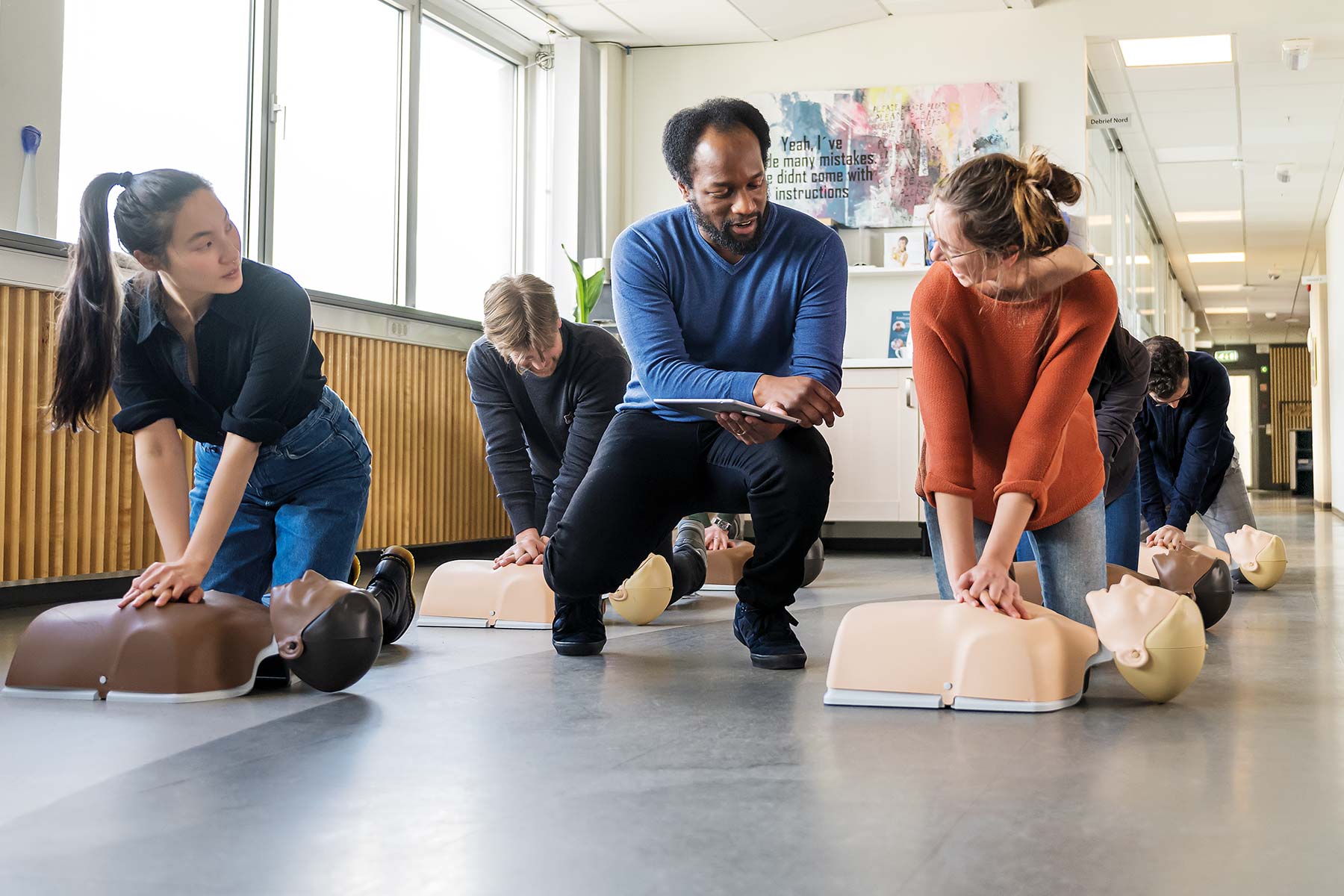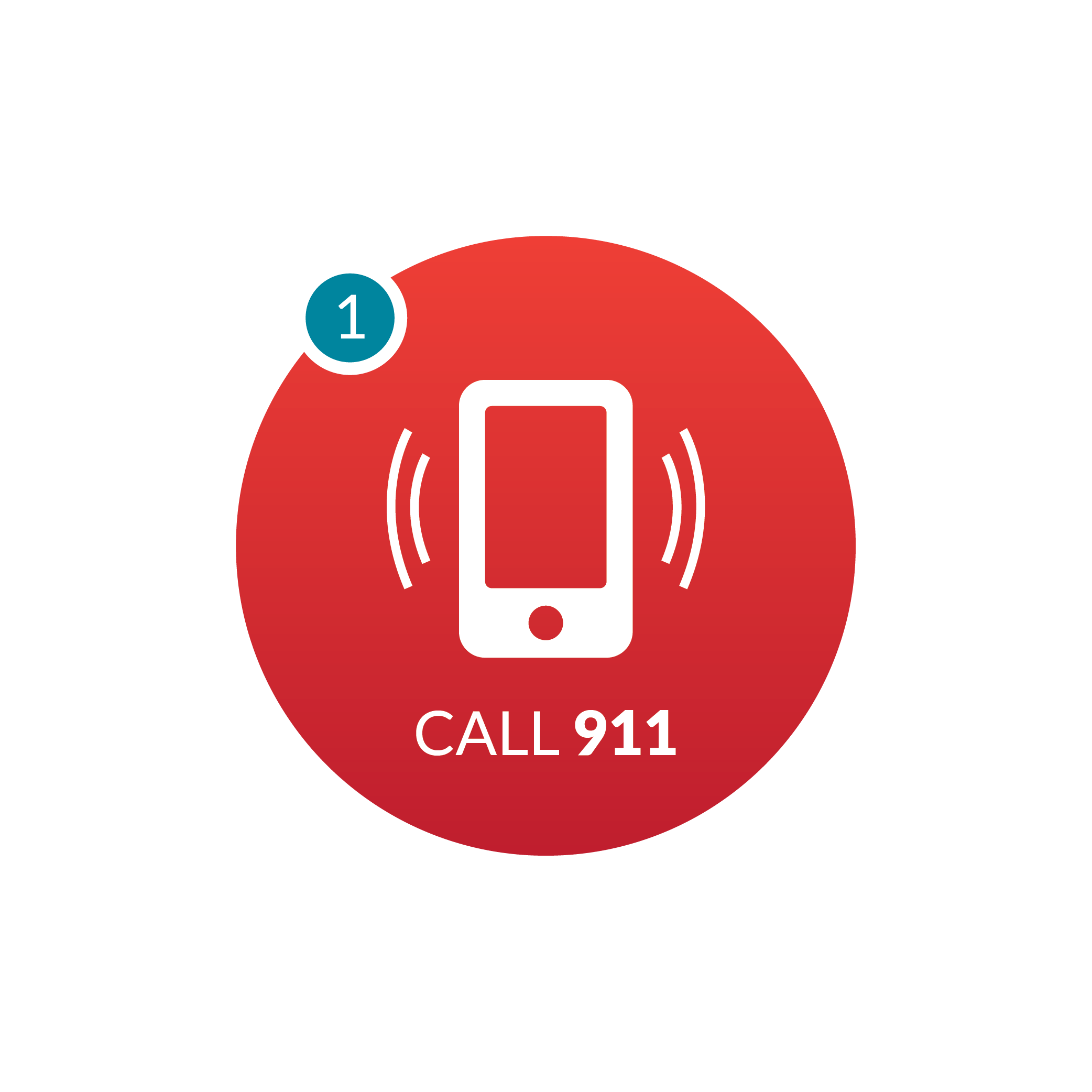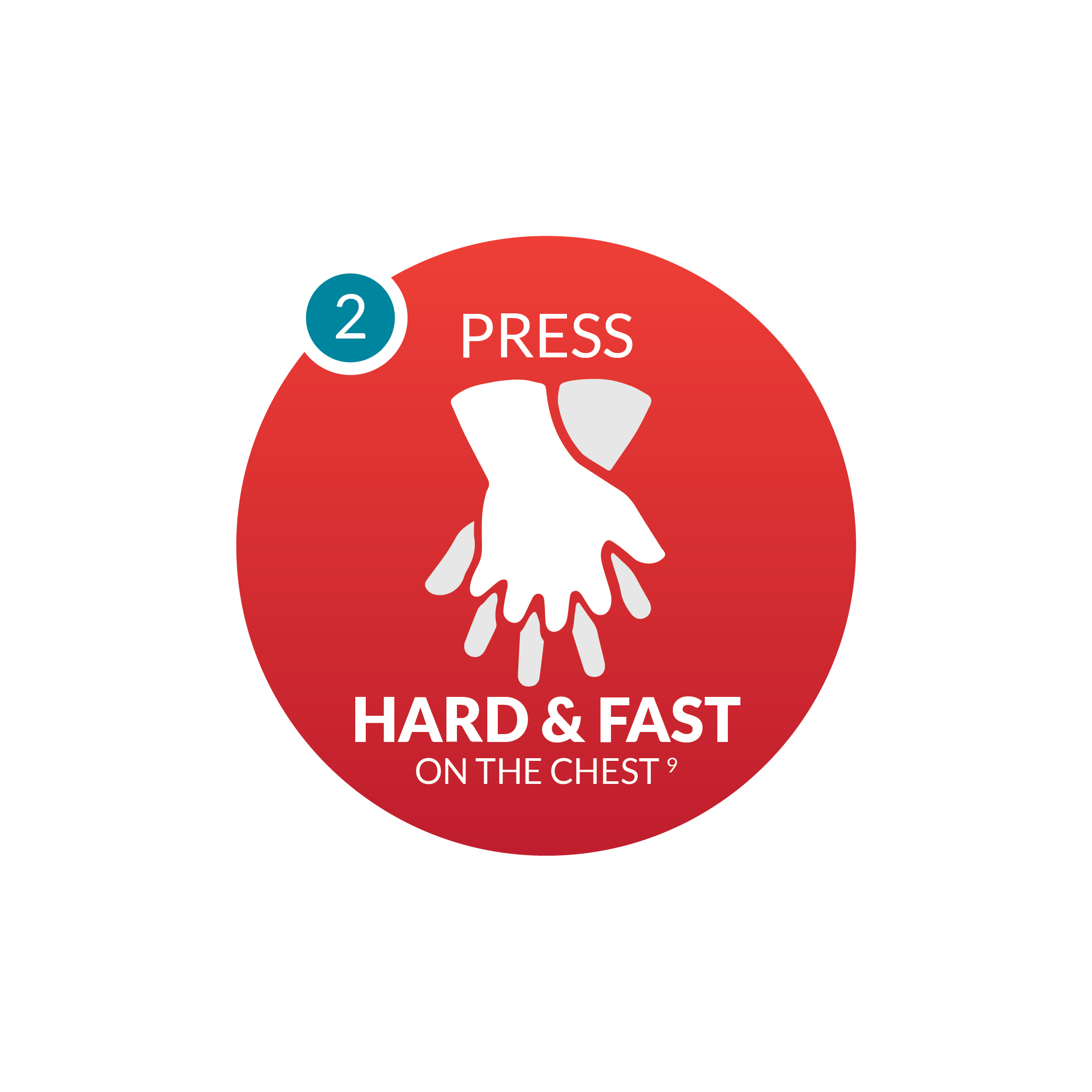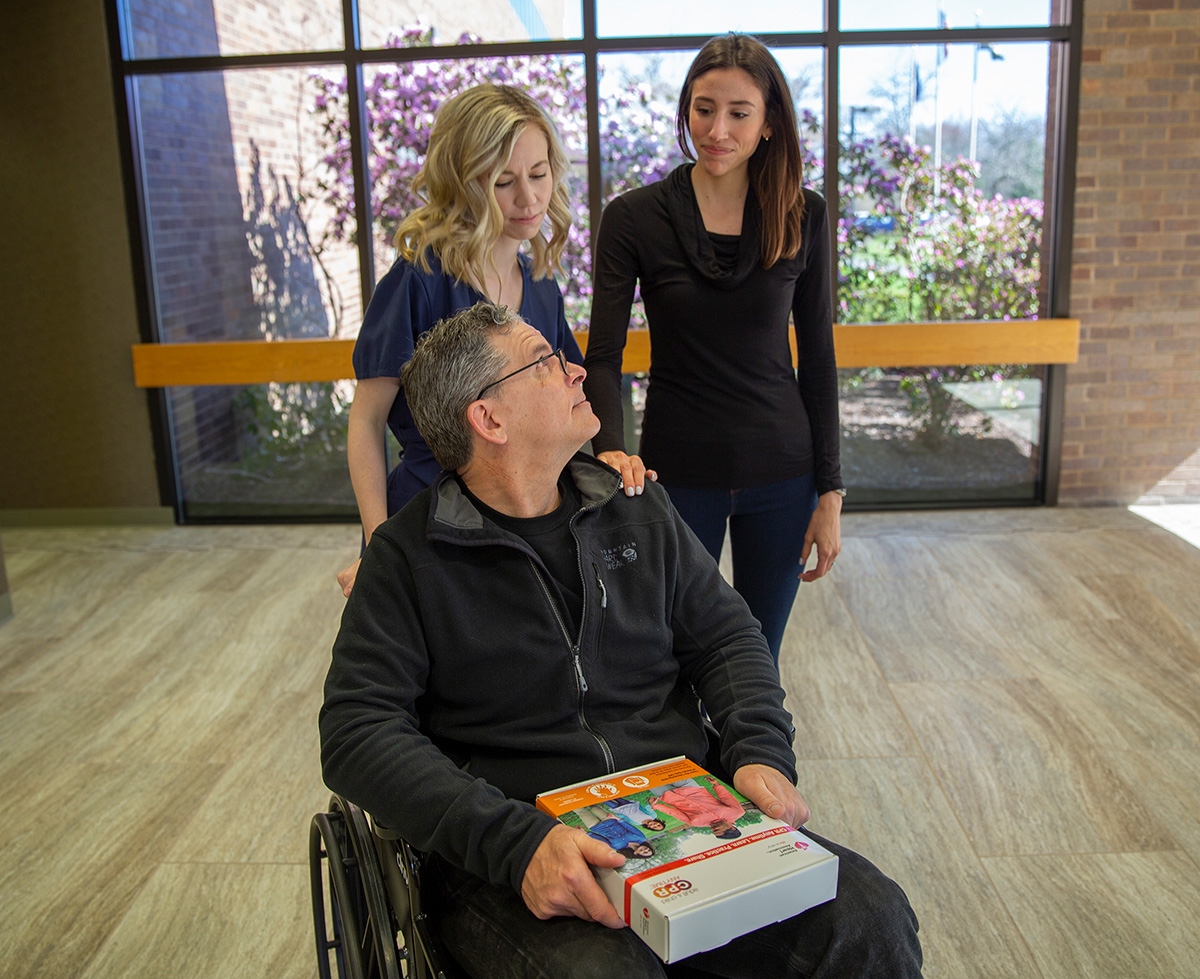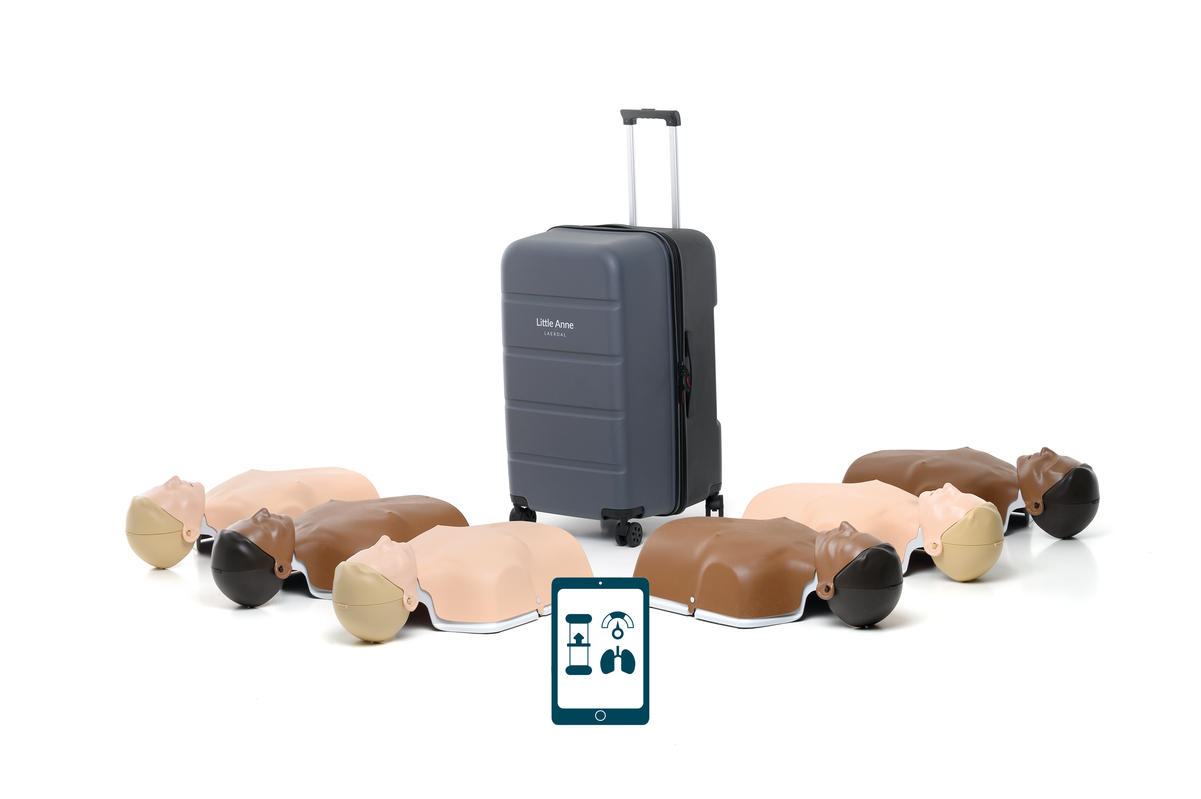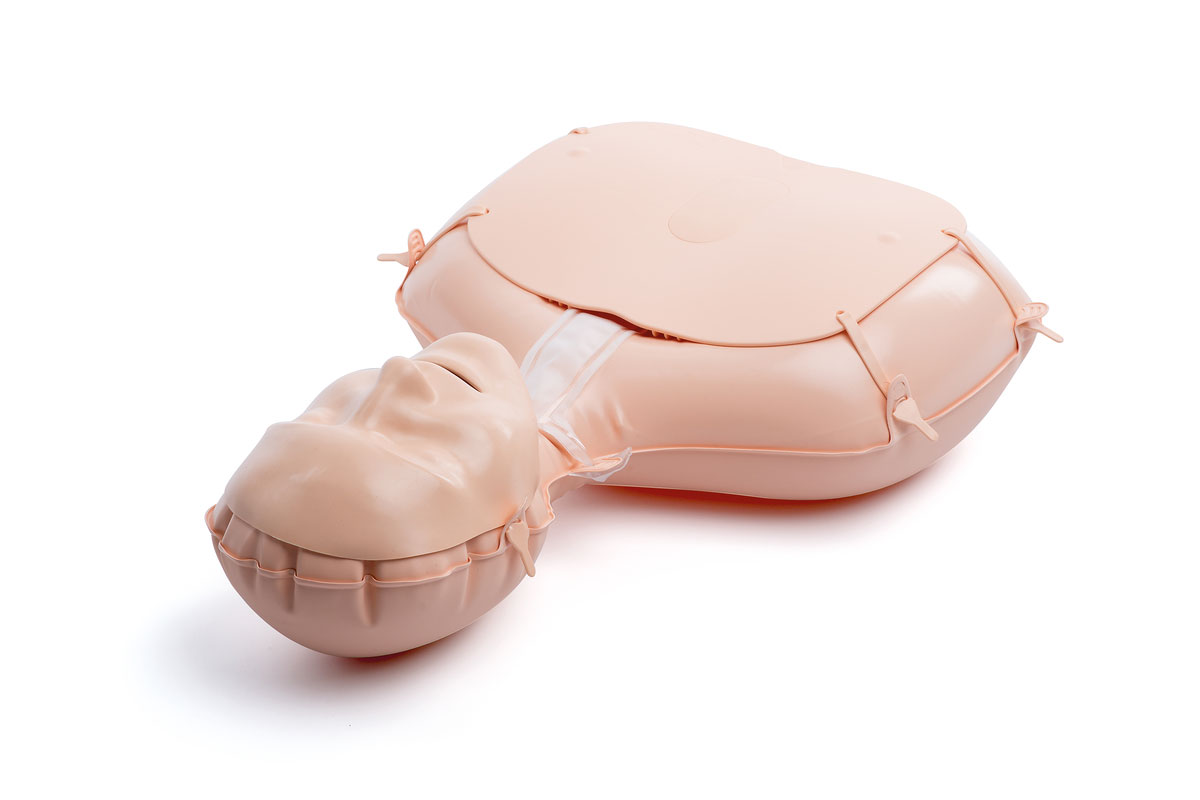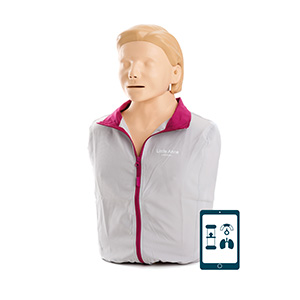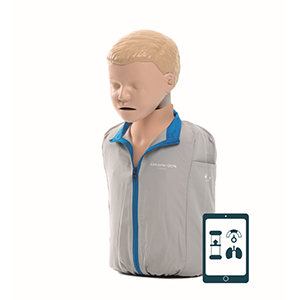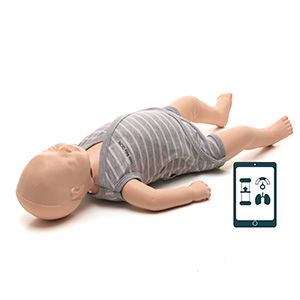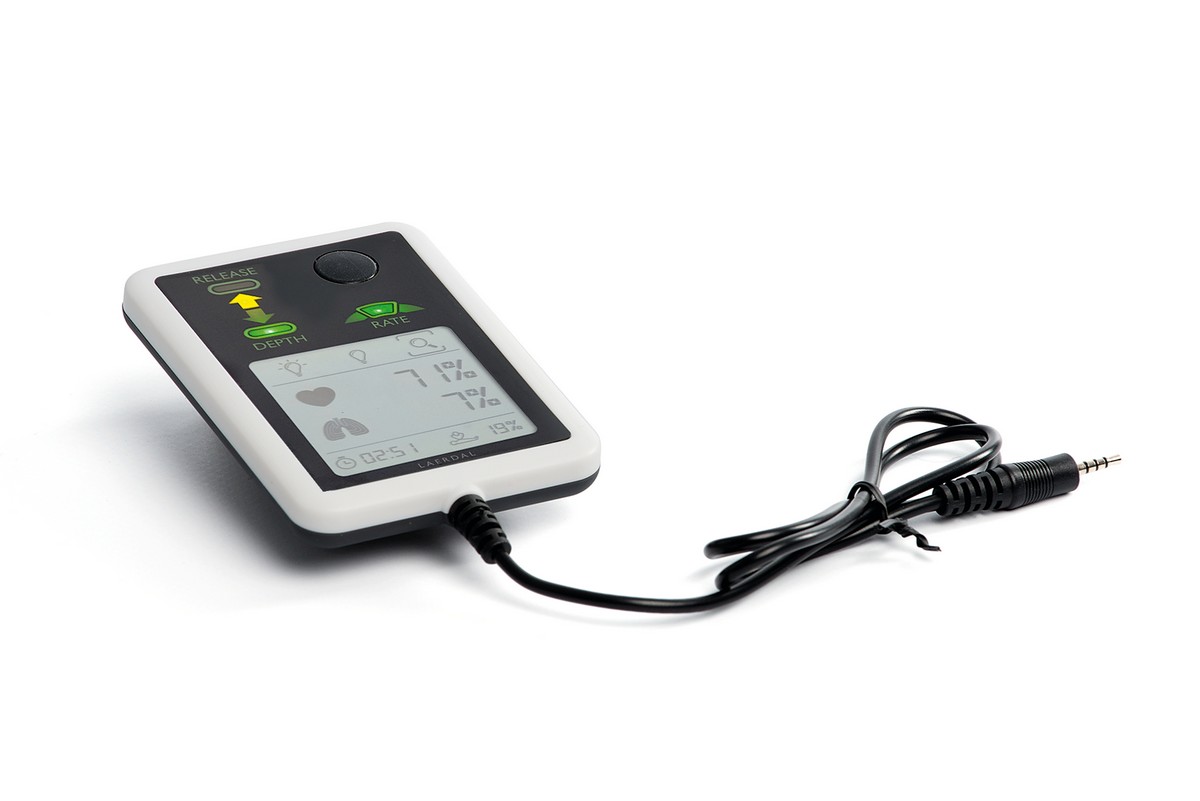28 % der Befragten verzichten auf eine Reanimation, weil sie glauben, dass ihre Kenntnisse nicht auf dem neuesten Stand sind.8
To improve retention and increase engagement, evidence shows that learners need to be part of the process. Standardized methods of teaching CPR, such as video and course materials, are essential to achieve uniformity. However, they are not necessarily efficient to garner the level of accountability needed for learners to retain the information.
Hands-on skills practice in itself provides learners with an opportunity to break away from didactic learning. But, this tangible learning can be made even more engaging with new technology, including immediate CPR feedback devices and learning apps.
For instructors hoping to increase learner attention while also improving skills performance, it’s worth considering the upgrade to manikins with automatic feedback capabilities.
